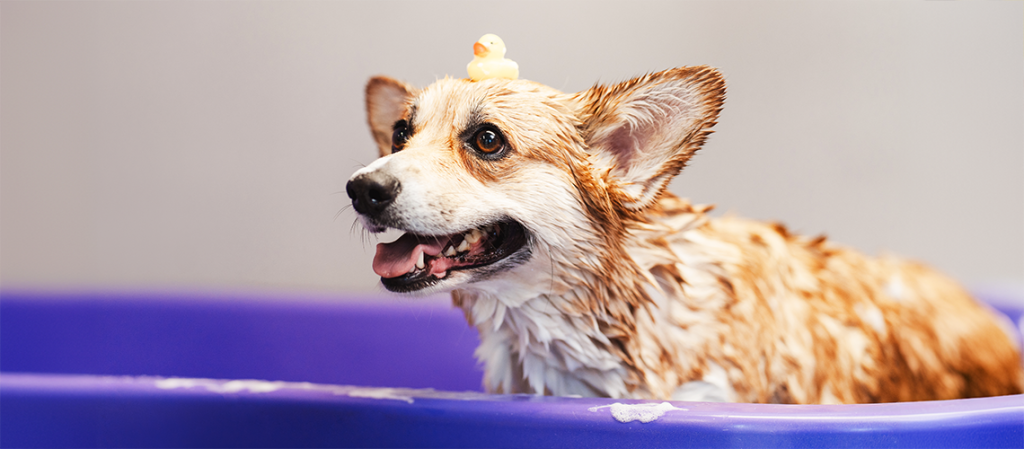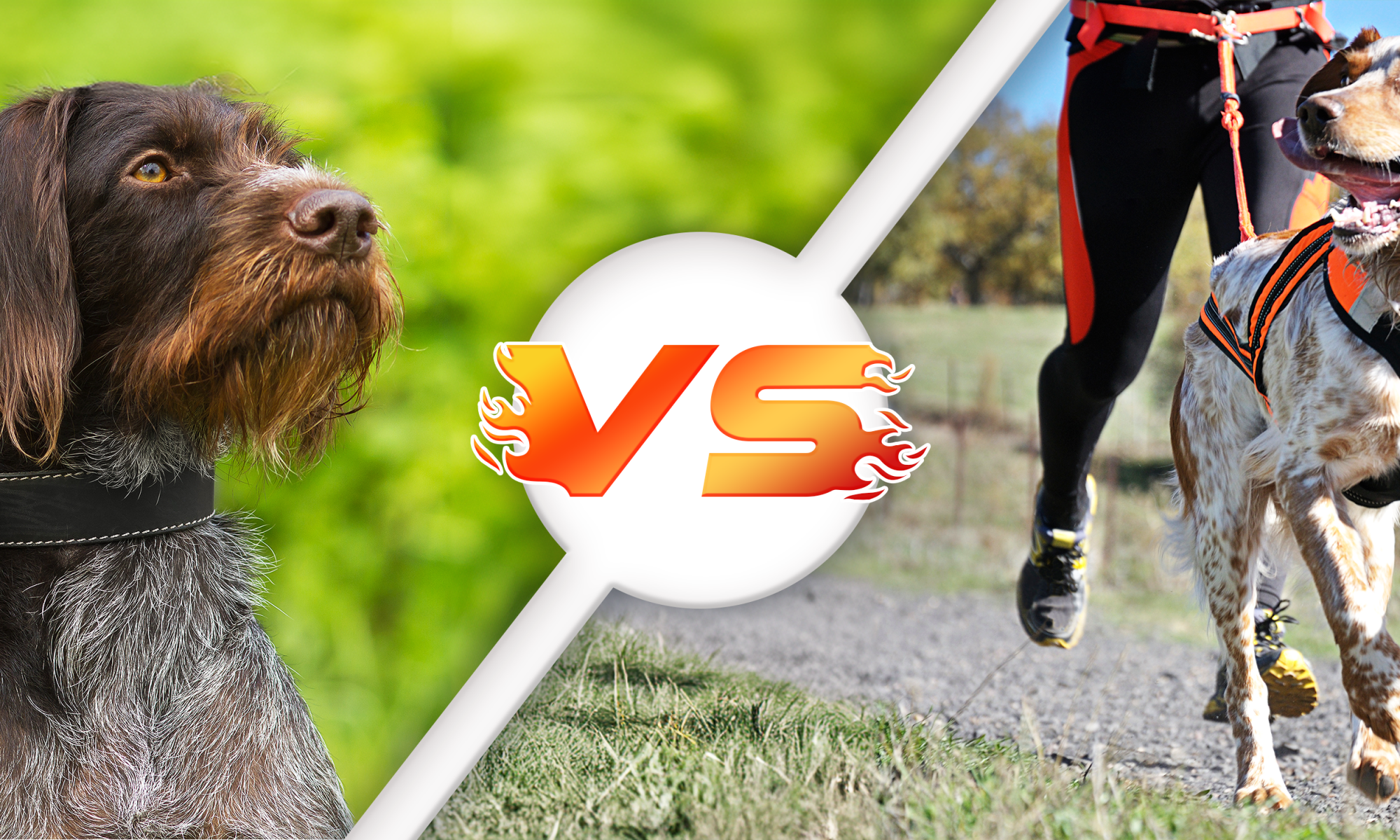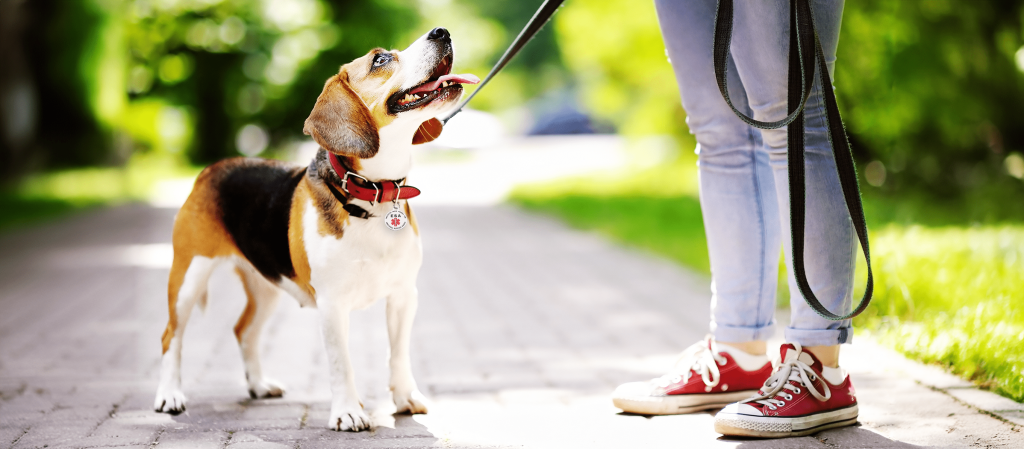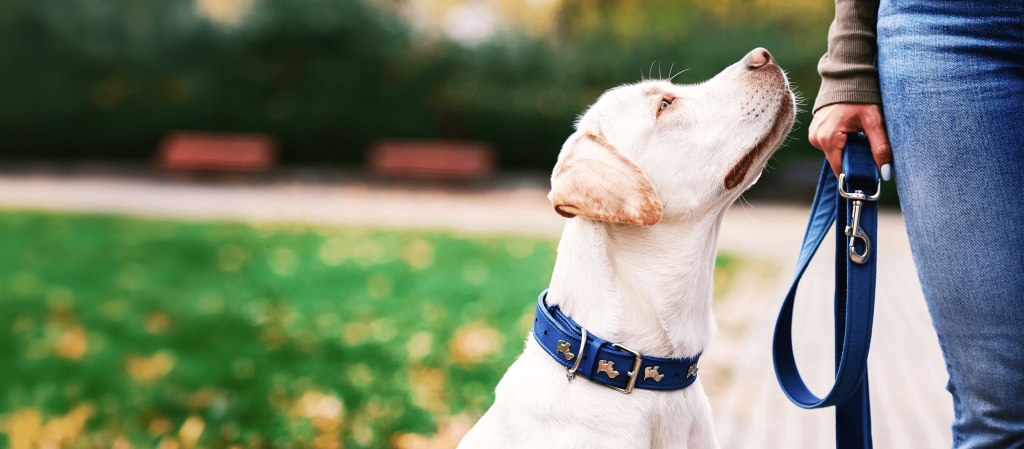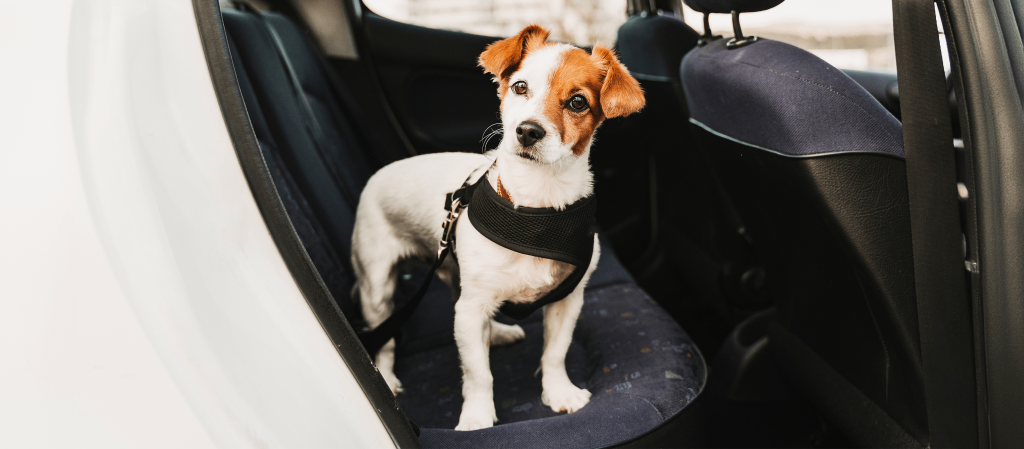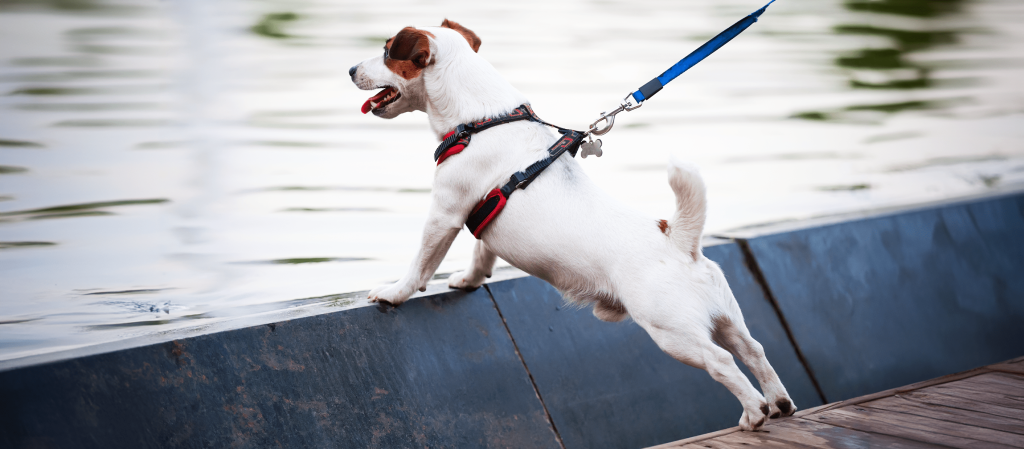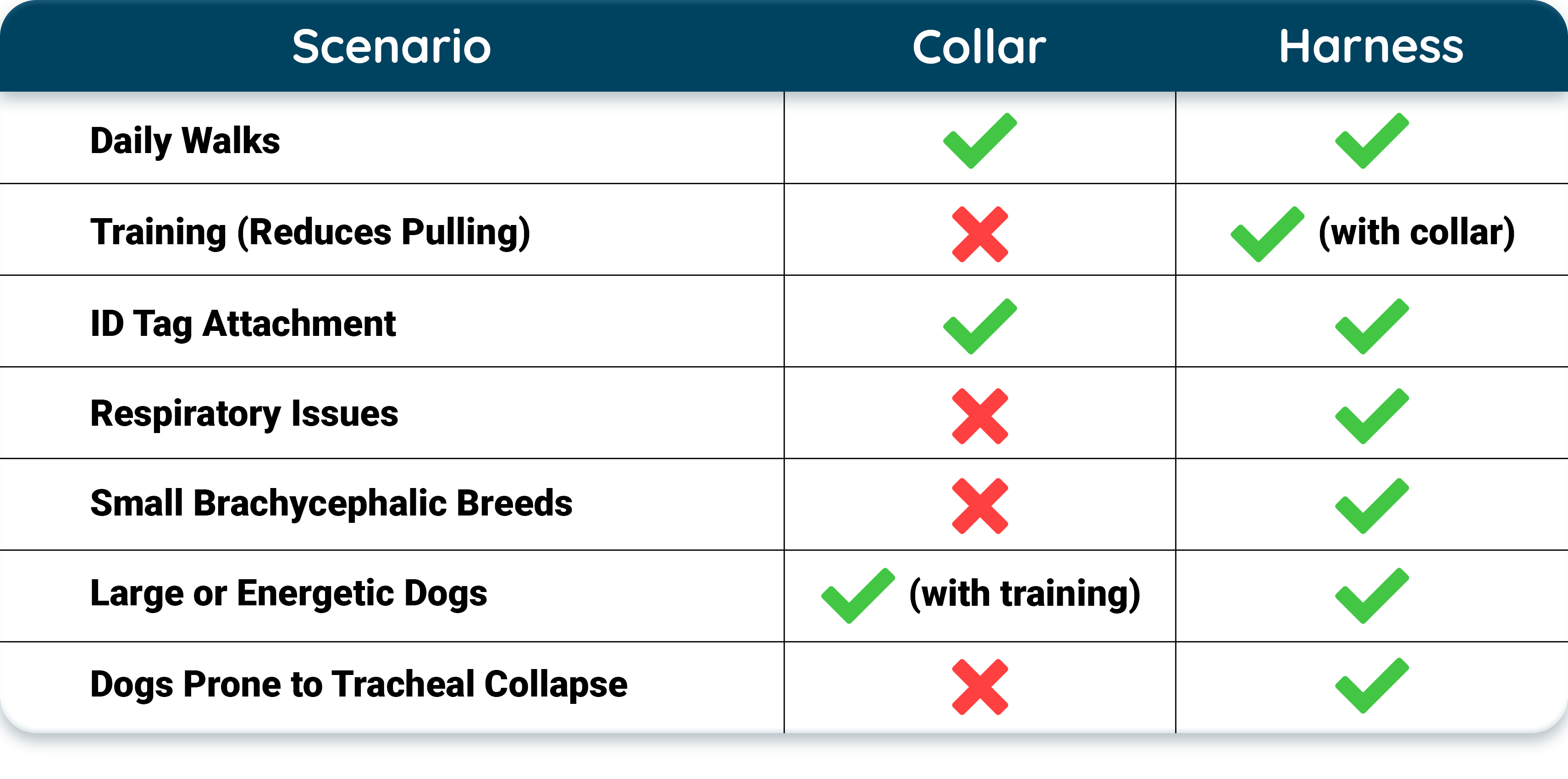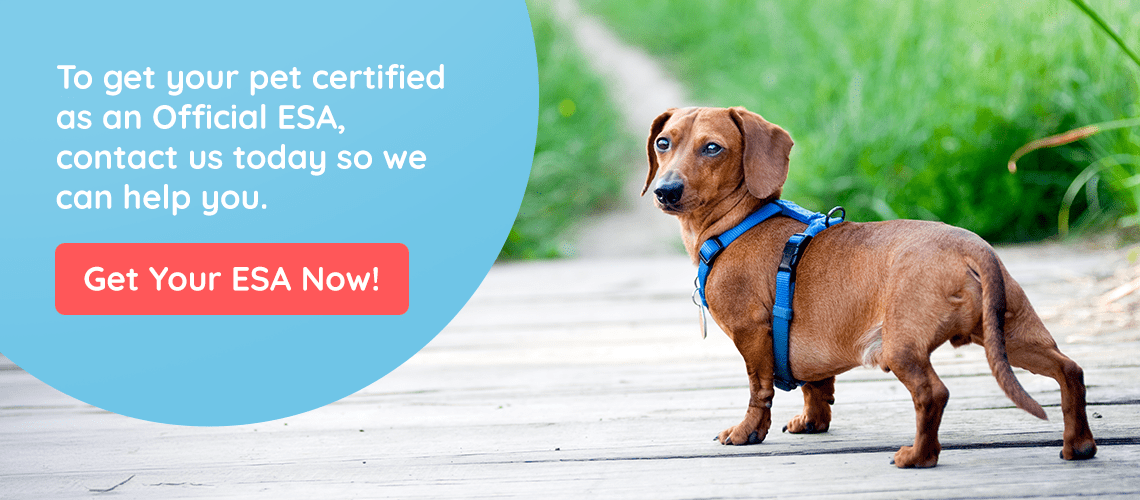Having a pet can be a lot of fun, but if you have pet allergies, it can also be challenging. Pet allergies are caused by allergens like pet dander, saliva, and urine from cats and dogs. These allergens can trigger allergy symptoms such as sneezing, itchy eyes, and shortness of breath. If you or someone in your family has pet allergies, here are ten essential tips to help manage the symptoms and still enjoy your furry friends.
If you’re considering an emotional support animal (ESA) to help with your well-being despite allergies, take our ESA approval quiz to see if you qualify.
1. Understand Your Pet Allergies
The first step in managing pet allergies is to understand what triggers them. Common allergens include pet dander, dust mites, and pet saliva. It’s a good idea to get an allergy test to determine which allergens affect you the most. Knowing your specific triggers can help you take the right steps to reduce exposure.
2. Create an “Allergy-Free” Zone
One of the best ways to manage pet allergies is to create an “allergy-free” zone in your home. This is typically the bedroom. Keep your pets out of this area to reduce the allergen level where you sleep. Using high efficiency particulate air (HEPA) filters in this room can also help trap pet allergens and keep the air cleaner.
3. Bathe Your Pet Regularly
Bathing your pet regularly can help reduce the amount of dander they shed. Use a gentle pet shampoo and follow the instructions to avoid any side effects. Regular baths can significantly lower the allergen level in your home.
Curious if an ESA can improve your quality of life? Find out if you can get an ESA letter by taking our ESA approval quiz.
4. Wash Your Hands
Always wash your hands after petting your cat or dog. Pet dander can stick to your skin, and if you touch your face, it can cause an allergic reaction. Keeping your hands clean helps reduce the chance of transferring allergens to your eyes, nose, or mouth.
5. Use HEPA Filters
HEPA filters are designed to trap small particles like pet dander. Using a HEPA air cleaner in your home can help reduce the number of allergens in the air. Look for HEPA filters in vacuums and air purifiers to help manage your pet allergies.
6. Clean Your Home Regularly
Regular cleaning can help keep pet allergens at bay. Vacuum carpets and furniture with a HEPA filter vacuum. Dust surfaces often and wash your pet’s bedding frequently. Cleaning helps reduce the overall allergen level in your home.
7. Consider Allergy Shots
If your pet allergies are severe, you might want to talk to your doctor about allergy shots. These shots can help your immune system become less sensitive to pet allergens over time. While they may not eliminate allergies, they can reduce symptoms and make living with pets more comfortable.
8. Keep Pets Off Furniture
To reduce exposure to pet allergens, keep your pets off the furniture. This includes sofas, chairs, and especially beds. Providing your pet with their own comfortable bed can help keep them off yours and reduce the spread of allergens.
9. Declutter Your Home
Removing clutter can help reduce the number of places where pet dander can accumulate. This includes removing carpets, curtains, and upholstered furniture if possible. Hard surfaces like wood or tile are easier to clean and don’t trap allergens as much as soft surfaces.
10. Get Medical Help
If you are having trouble managing your pet allergies, it’s important to seek medical help. A doctor can recommend medications or treatments to help control your symptoms. Over-the-counter antihistamines can also be effective in reducing allergy symptoms.
Managing pet allergies doesn’t mean you have to live without the support of an animal. See if an emotional support animal could be a good fit for you by taking our ESA approval quiz.
By following these tips, you can manage your pet allergies and still enjoy the company of your beloved cats and dogs. Remember, reducing exposure to allergens and keeping your home clean are key steps in managing pet allergies effectively.




